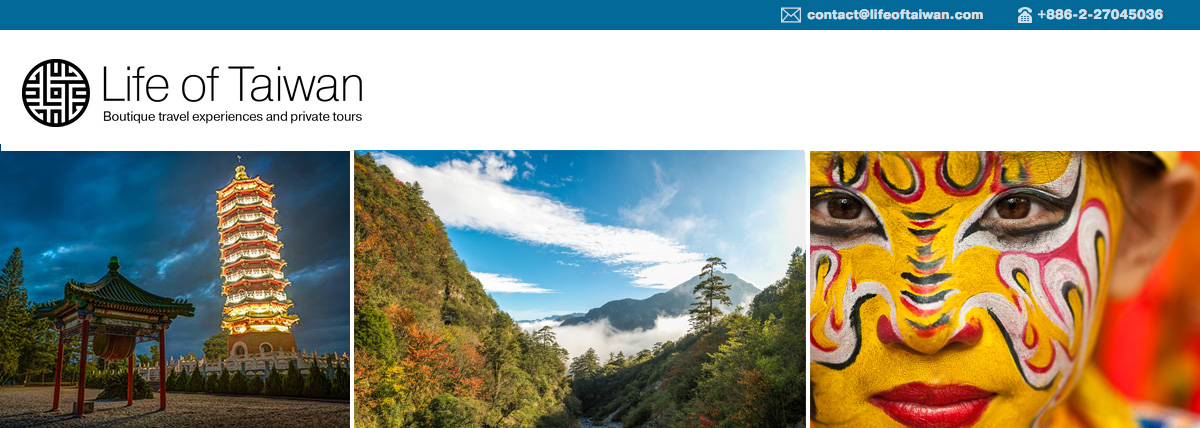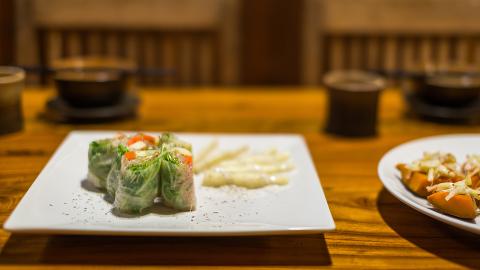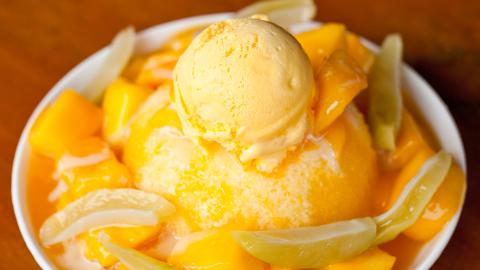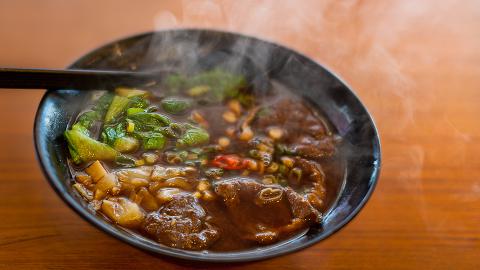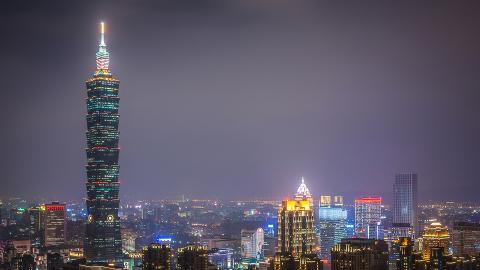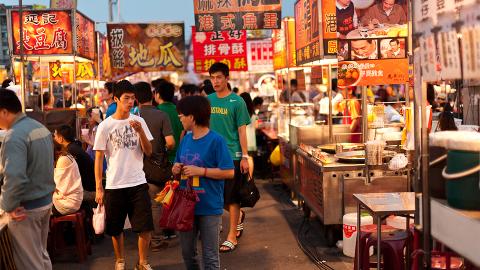Enjoy a seven-day food tour as you taste a variety of traditional Taiwanese snacks and meals. From beef noodles to bubble milk tea, you'll explore signature dishes in local neighborhoods and see cultural landmarks around the city.
Itinerary:
Day 1 – Taipei City
- After flying into Taiwan Taoyuan International Airport near Taipei, transferring to the capital, and resting up for a bit in your hotel, we’ll begin our gourmet expedition with an early-ish dinner that represents mainstream culinary traditions: Ultra-fresh ingredients braised, steamed or turned into soups; vegetables wok-fried with garlic; and delicious local fruit for dessert.
- After-dark Taipei is brim-full of distractions. Depending on your preferences, we can take you for a spot of shopping in glitzy Xinyi District, a wander through the far more traditional neighbourhood of Dihua Street, or a look at the gorgeous Baoan Temple. The evening will end with a look (and a sampling of traditional snacks) at one of Taipei’s night markets.
Day 2 – Wulai Scenic District
- Taipei is dominated by Taiwanese of Chinese descent, but just outside the capital there’s a gorgeously scenic district called Wulai. It’s popular with birdwatchers, hot-spring aficionados and hikers. Many of Wulai’s 6,000 residents are members of the Atayal ethnic group, one of the island’s 16 Austronesian indigenous tribes. For a quick introduction to Taiwan’s aboriginal people and their delicious food, we’ll drive you to some of Wulai’s most scenic corners before sitting down for a lunch that’ll include roasted meats and foraged vegetables.
- If you wish we can spend the entire day in Wulai. Alternatively, we can drive to one of the region’s fishing harbors for a seafood feast. As befits one of the world’s great fishing nations (Taiwan’s pelagic fishing fleet ranks no. 1 in the world for Pacific saury, no. 2 for tuna and no. 3 for squid), the Taiwanese have a tremendous appetite for seafood and love to eat at dockside restaurants.
Day 3 – Cooking Class and Yangmingshan National Park
- Today will be a day of markets, cookery classes and mountain views. We’ll make an earlyish start and meet Emily Wu, a famous chef who teaches Taiwanese cooking to the rich and famous. She’ll accompany you to one of the city’s morning markets for a traditional breakfast, then head to a seafood market. At both locations we’ll purchase supplies for your cookery class with Emily at her house, where you’ll prepare and enjoy lunch.
- After 2pm we’ll head out of the city to beautiful Yangmingshan National Park to see the flower blossoms and walk off lunch. At a renovated rice granary converted to a coffee shop, we’ll taste their renowned homemade cakes. Dinner will be at a seafood restaurant in an old fishing village. As we return to the city centre, you can let us know if you’re done for the day and eager to rest - or up for a night market or a bit of nightlife.
Day 4 – Miaoli
- Whether it’s shopping, visiting a century-old seller of local teas in Dadaocheng, or taking in a conventional tourist sight like a temple or a museum, just let us know how you’d like to spend the morning.
- Before or just after lunch, we’ll set off for the Hakka heartland of the northwest. The Hakka people account for around one seventh of the island’s population, speak their own language, and have distinctive culinary traditions. Famous Hakka delicacies include pigeon peas and ribs, mountain bitter gourd, and thick rice-flour noodles, and you’ll have a chance to sample some of these. In the past, many Hakka dishes were regarded as oily and salty; in line with modern preferences for healthy fare, innovative chefs have updated the cuisine, while retaining its characteristic pork and pickle flavours.
Day 5 – Sun Moon Lake
- There’s no need to make an early start because driving from Miaoli to Sun Moon Lake is around two and a quarter hours. If time allow, however, we can make at least one halt en route, perhaps in the vicinity of the woodcarving centre of Sanyi to visit Shengxing Railway Station and Longteng Broken Bridge. The former is a gorgeous Japanese-era wooden building at the heart of a picturesque village. The latter is what remains of a railway bridge built in 1909, damaged beyond repair in a terrible earthquake in 1935, then further wrecked in another big quake in 1999.
- We’ll reach the lake in time for a delightful afternoon boat cruise. Once you’ve had your fill of views of this shimmering body of water and the mountains that surround it, we’ll bring you to your hotel to relax before dinner.
Day 6 – Tainan Ancient City
- Almost everyone agrees that just after daybreak, as the sun climbs up over the nearby peaks, is a splendid moment to appreciate the beauty of Sun Moon Lake - but of course it’s up to you whether you want to sleep in or not. After breakfast and a brief tour of lakeside attractions like Cien Pagoda (built on the orders of Chiang Kai-shek to honour his late mother) we’ll proceed south to Tainan. The city served as Taiwan’s capital for more than 200 years and remains a bastion of tradition. South Taiwan has its own culinary specialities and we’ll enjoy several of these before your departure.
- Between touring sites of historical, spiritual or artistic importance - like Fort Zeelandia, the stronghold built by the Dutch East India Company in the the early 1630s, the serene Confucius Temple, and atmospheric Shennong Street - we’ll partake of local delicacies like oyster omelettes, danzai mian (peddler’s noodles) and milkfish soup. If you’d like to learn how trade in commodities like tea, rice and sugar impacted Taiwan, we recommended a couple of hours in the National Museum of Taiwan History.
Day 7 – Wrap Up
- Whatever time your flight out, we’ll help you make the most of your final day in Taiwan. Tainan HSR Station (where you’ll board the bullet train to the airport) is southeast of the city centre, we can show you a couple of sights on the way. One is Xinhua Old Street, an authentic merchants’ thoroughfare from the 1920s, behind which there is a thriving traditional morning market. Alternatively, if you tried something the previous day that stunned your palate, we can of course go back for more.
